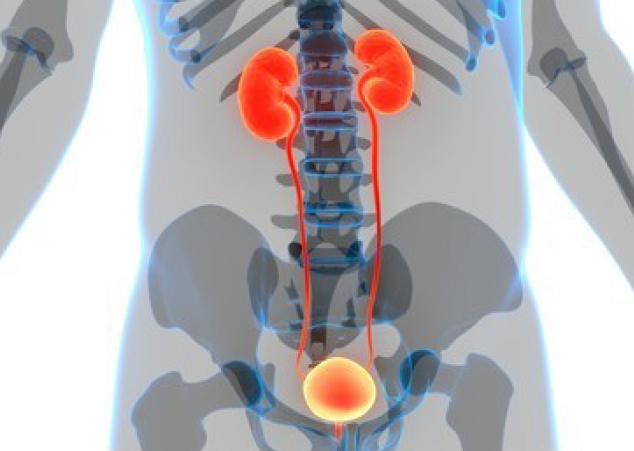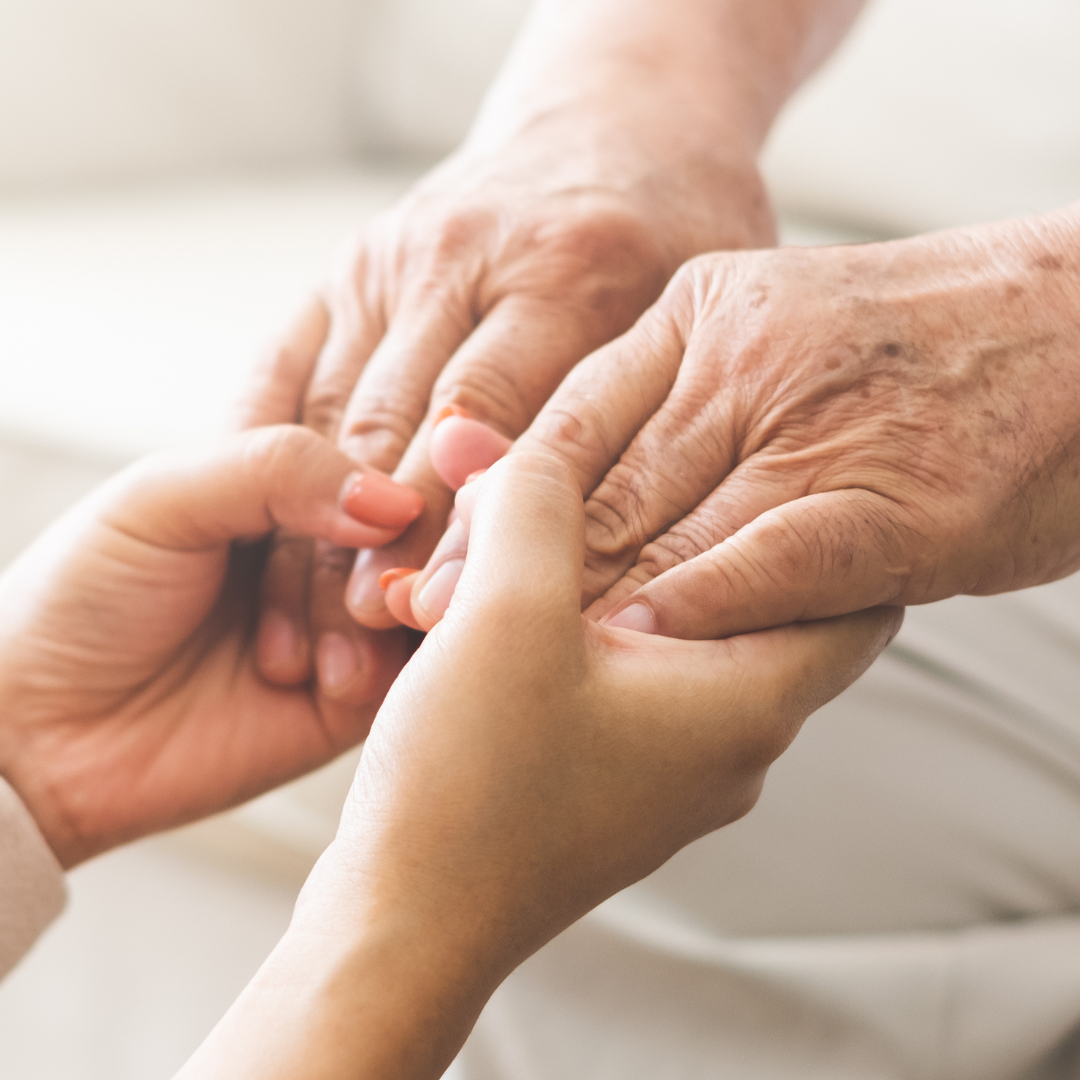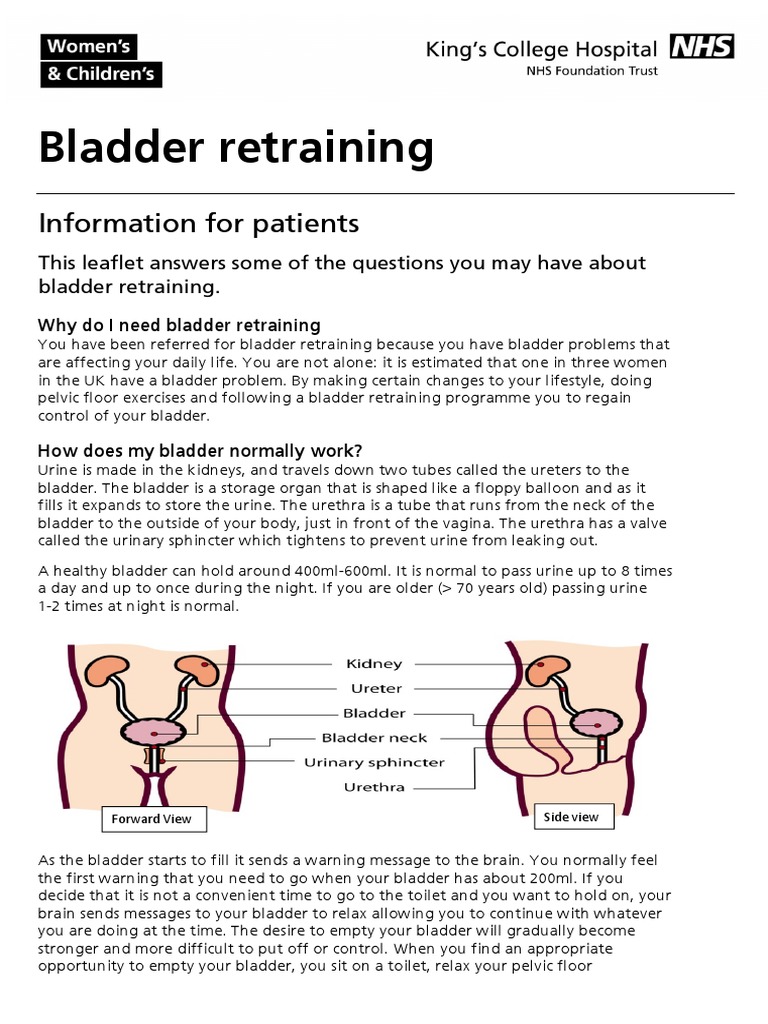
September 10, 2024
Research Progress On Conformity Of Pelvic Flooring Muscular Tissue Training In Clients With Urinary System Incontinence
Erectile Dysfunction And Impotence: Modern-day Treatments Although it is not a treatment Lower abdominal pain in itself, it is feasible to be used in the treatment of individuals with SUI for numerous reasons. Considering that biofeedback provides details relevant with the knowing and controlling the features of the task of striated muscle mass via diverse audio‐visual strategies, it can additionally be utilized to inform a specific individual experiencing SUI, concerning the selective contraction of their PFMs. Introducing a sensor or electrode right into the vaginal area or anus is one of the most common technique to offer psychophysiological feedback. By in this manner, the vaginal or anal stress or the electromyogram (EMG) signal of the sphincter muscle is taped. The aesthetic or acoustic details about the stress measured and/or the EMG signals are sent out to the patients, therefore enabling them to see the magnitude of the force being generated by the PFMs and to understand if this force has actually reached its maximum level. Indeed, urodynamics might examine existing side-by-side detrusor disorder or record the visibility of SUI or obstruction before repair [764,765] The commonly come across signs and symptoms for urethral diverticulum such as discomfort, urgency, frequency, recurrent UTIs, vaginal discharge, dyspareunia, voiding difficulties or UI [748], are common to numerous various other LUT disorders. Consequently, there is no pathognomonic collection of signs and symptoms to identify urethral diverticulum. If serious voiding disorder or retention results from any anti-incontinence treatment, the doctor and the patient need to decide whether it would certainly be best to undertake a second procedure to take down the repair or loosen the sling in the hope of enabling spontaneous regular voiding. If it is decided to take down a treatment or loosen up the sling product, this can be completed via vaginal or retropubic strategy. Minimally invasive suburethral sling treatments such as toddler and TVT are the typical medical treatment in ladies with stress and anxiety urinary incontinence, influencing some 13 million adult ladies in the United States [86] The TVT procedure was presented in 1996 and in 1999 with a preliminary 2-year treatment price of 84% [87,88]Graft Use In Reconstructive Pelvic Surgery
- Absorbing products are not the only choice offered for men with urinary incontinence.
- Cystoscopy can include in info obtained from videourodynamics concerning physiological problems such as fistulae or diverticula.
- Urodynamic diagnosis of DO does not affect therapy outcomes in people with OAB.
- Two vital trials aided form the standards concerning pre-operative UDS in pure SUI.
- In augmentation cystoplasty (likewise known as clam cystoplasty), a detubularised segment of digestive tract is put right into the bivalved bladder wall.
Medically Difficult Individuals
He utilized two strips of rectus fascia sutured in the midline below the urethra by means of a different genital incision. The fascial strips were reduced with the rectus muscular tissue, behind the symphysis pubis, and united as a sling underneath the urethra. This provided a trusted cure for recurrent instances of stress urinary incontinence and was the standard for five decades. The traditional two-incision strategy has actually changed minimally given that the development of the AMS AUS for SUI, with the basic design unmodified given that 1983 (10 ). Urinary system urinary incontinence is a complicated and serious problem that can impact all age teams worldwide. It is not only a significant medical problem but also an obvious psychosocial issue producing shame and adverse self‐perception, and it has a severe effect on a client's quality of life. Today, there are large different therapy options in urinary incontinence from surgical procedure to conventional methods.What is the best treatment for urinary system incontinence?

Social Links
